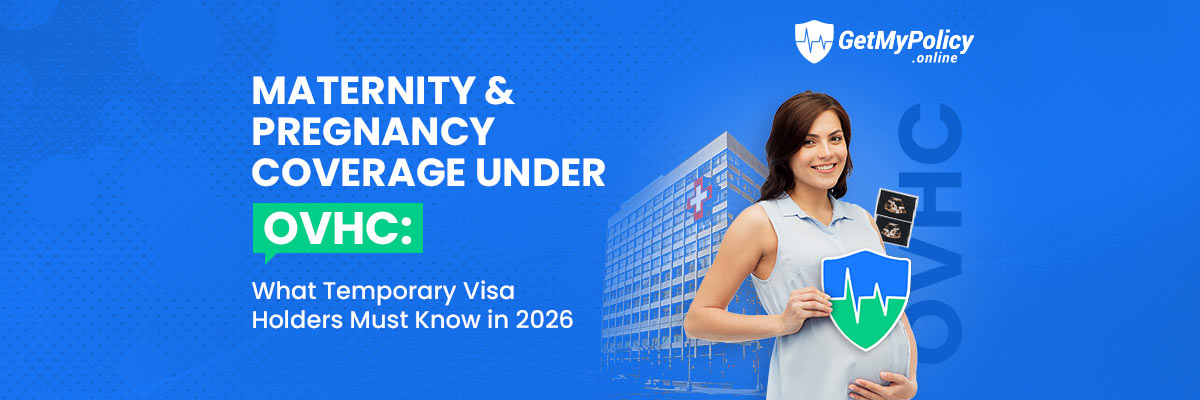


Nhưng khi nào vỏ bọc bên trong của bạn thực sự bắt đầu? “Thời gian chờ đợi” mà mọi người liên tục nói đến điều gì - và tại sao nó lại quan trọng?
Nếu bạn đang bắt đầu về thời gian chờ đợi OSHC hoặc OVHC, bạn đang ở đúng nơi! Trong blog này, chúng tôi sẽ giải thích thời gian chờ đợi là điều gì, tại sao nó tồn tại và nó có thể hình ảnh như thế giới mà bạn tuyên bố sức khỏe của bạn - cộng với một vài mẹo chuyên nghiệp để giúp bạn tận dụng tối đa bảo hiểm của mình.
Thời gian chờ đợi bắt đầu:
Thời gian chờ đợi không được áp dụng khi nào?
Nếu bạn chỉ chuyển sang mức bảo hiểm tương tự hoặc thấp hơn so với một công ty bảo hiểm khác, hầu hết thời gian chờ đợi bạn đã phục vụ sẽ được thực hiện - không cần phải bắt đầu lại từ đầu!
Thời gian chờ đợi bảo hiểm y tế là tất cả về sự công bằng. Nếu không có thời gian chờ đợi, mọi người chỉ có thể đăng ký, yêu cầu điều trị trả tiền và sau đó từ bỏ chính sách của họ. Điều đó sẽ làm tăng phí bảo hiểm cho tất cả mọi người!
Bằng cách tuân thủ thời gian chờ đợi, bạn giúp giữ bảo hiểm ổn định - và đảm bảo rằng bạn thực sự được bảo hiểm khi bạn cần nhất.
Hãy chia nhỏ nó:
1. Thời gian chờ bệnh viện
Đây là thời gian bạn phải đợi trước khi bạn có thể yêu cầu nằm viện và điều trị.
Mẹo chuyên nghiệp: Luôn kiểm tra thời gian chờ chính xác với công ty bảo hiểm của bạn - có thể có sự khác biệt!
2. Thời gian chờ bổ sung
Những điều này áp dụng cho các dịch vụ bên ngoài bệnh viện, như nha khoa, quang học hoặc vật lý.
Tình trạng từ trước có nghĩa là bất kỳ bệnh tật, bệnh tật hoặc tình trạng nào mà bạn đã biểu hiện triệu chứng hoặc được điều trị trong vòng 6 tháng trước khi tham gia hợp đồng bảo hiểm hoặc nâng cấp bảo hiểm của bạn - ngay cả khi bạn không nhận được điều đó vào thời điểm đó.
Thời gian chờ đợi điều kiện tồn tại từ trước khi hoạt động như thế nào?
Nếu bạn không chắc chắn, hãy nói chuyện với công ty bảo hiểm của bạn - họ có thể đánh giá xem yêu cầu bồi thường của bạn có liên quan đến tình trạng đã tồn tại từ trước không có.

Điều hướng bảo hiểm y tế ở nước ngoài không nên gây nhầm lẫn nhau!
Tại GetMyPolicy.online, bạn có thể dễ dàng so sánh các nhà cung cấp OSHC và OVHC đã đăng ký chính phủ đầu tiên của Úc, hiểu mọi tính năng và biết chính xác khi nào bạn sẽ được bảo vệ.
Bạn có sẵn sàng kiểm soát bảo vệ sức khỏe của bạn?

.svg)
.svg)
.svg)


